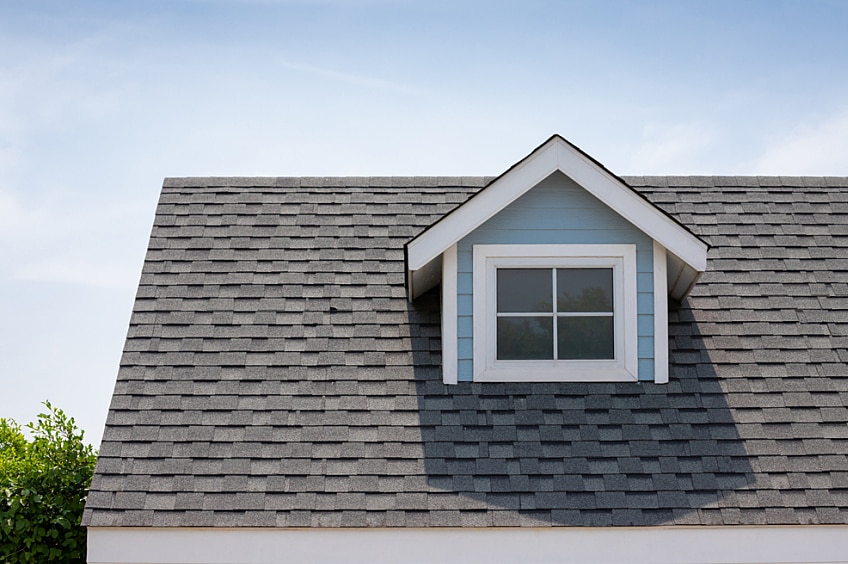Exactly how hot does a roof get in the summer? According to the US Department of Energy, traditional darker asphalt shingle roofs can get up to 150°F on a sunny summer day. And prolonged exposure to high heat like this can damage your roof.
Four Potential Effects of Summer Weather on Your Roof
Here are four common ways hot summer weather can adversely affect your roof system:
1. High Heat
Over time, high heat can damage roofing materials.
2. Ultraviolet Light
UV light shines down on your roof on both sunny and cloudy days during the summer. Over time it can cause materials to deteriorate and diminish the amount of protection your roof shingles ultimately provide, leaving your roof vulnerable to leaks.
3. Humidity
Summer's high humidity can also damage your roof by creating condensation that collects under the shingles. If left unaddressed, this moisture can cause water damage, leaks, or mold growth.
4. Thermal Shock
Thermal shock occurs when high temperatures during the day are followed by quickly cooling temperatures at night. This temperature swing can cause roofs to expand and contract rapidly, weakening the roof's integrity.
How to Reduce the Risk of Heat Damage to Your Roof
Here are a few strategies to help reduce the risk of heat damage:
Ventilate the Attic
A properly balanced attic ventilation system helps damaging heat and moisture to escape. Make sure you have the proper amount of ventilation needed to keep attic temperatures down.
Maintain and Clean Shingles
Regularly removing debris and replacing damaged shingles can help ensure your roofing system is operating correctly. If you don't take care of your roof, its integrity could be compromised. It's best to leave this work to the professionals, so consider scheduling regular maintenance.
Have the Roof Inspected
Have your roof inspected at least twice a year for damage. Have a professional perform these inspections, as they know what to look for and can do so safely. Damage can often be seen inside your home before it shows up on your roof, so be sure the inspection looks both inside and outside for potential issues.
Choose a Cool Roof
Installing a highly reflective roof (often known as a "cool roof") can help prevent early damage from the sun and may even help reduce cooling costs.1 How hot does a roof get in the summer when it's designed with "cooler" materials? A highly reflective roof can keep the surface 50°F cooler compared to traditional roofs, notes the US Department of Energy.2
Benefits of Cool Roofs
Two factors affect the coolness of a roof: thermal emittance and solar reflectance. Thermal emittance is a roof's ability to shed heat by giving off thermal infrared radiation. Solar reflectance is its ability to reflect or bounce sunlight off the roof before heat is created.
In general, light-colored roofs stay cooler than darker ones. However, new advances have made it possible to get cool roofs in a variety of architecturally pleasing colors. The benefits of a cool roof may include:
- Lowering cooling costs1
- Reducing the load on air conditioners
- Eligibility for rebates and other incentives from utilities or government programs4
- Decreasing roof temperature, which may help extend the life of the roof
Curious to learn more? Contact a local roofing professional today to find out how you can reduce the temperature of your roof, either through increased ventilation or by installing a cool roof system.
1 Energy cost savings are not guaranteed and the amount of savings may vary based on climate zone, utility rates, radiative properties of roofing products, insulation levels, HVAC equipment efficiency, and other factors.
2,3: From energy.gov/energysaver/cool-roofs.
4 Rebates and Incentives, and their eligibility requirements vary and availability is not guaranteed.

